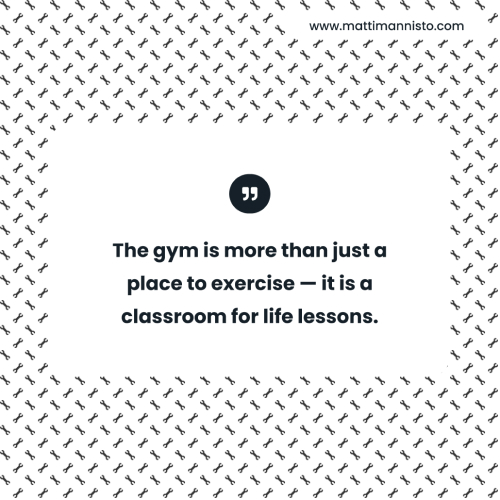Rate of Perceived Exertion
The gym is more than just a place to exercise — it is a classroom for life lessons.
Rate of Perceived Exertion (RPE) is a way to measure the perceived difficulty of an exercise. Now I share how I use it in my work.
A few things to note about Rate of Perceived Exertion
- The scale is from 1 to 10
- If the exercise is trivially easy for you, the rating is 1
- If it is your all-time-greatest effort and at the maximum of your capacity, the rating is 10
- RPE is subjective
- Recovery times differ between RPEs. The lower the RPE, the less recovery is needed.
- Beginners cannot accurately estimate their RPE because they don’t yet know how RPE 10 feels.
- At the gym, we lower RPE for the same weight and repetitions by getting stronger. At work, we do it by learning.
Incorporating Rate of Perceived Exertion into my work
- I have a 30 minute blocker every Friday to write down what I did that week. The last thing in that 30 minute slot is estimating my RPE.
- If I have a streak of above eight RPE for three weeks, I make a change to address it
- I tend to spontaneously change something if it’s lower than 5 for more than a week1
Why does RPE > 8 for three weeks deserve a mandatory change? Because I have learnt that pushing myself continuously for over a month results in injury2. I prefer high-intensity intervals over steady-state marathons.
Since the beginning of the year, I have written a daily journal. RPE is one of the cues I use to evaluate how my day was. Paying attention to how much effort I put into different parts of life helps me know what to increase or decrease. A surprising example is that going for a walk with my wife feels like a lot of effort, but going to the gym with her feels easy.
Rate of Perceived Exertion has helped me at my gym and work. What other tools from the gym bag deserve a shout-out? Let me know on LinkedIn!
Thanks for reading! 💌 Subscribe now to get updates directly into your inbox.📫

-
A simple example of a change might just be to take something additional from my long-term to-do list that I hadn’t planned for that week or to agree to do something ad-hoc that I hadn’t budgeted time for. ↩︎
-
Injury in this case might be physical (e.g. catching flu), mental (e.g. prolonged tiredness), or relational (e.g. losing touch with a friend). ↩︎